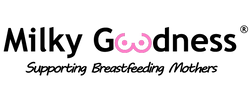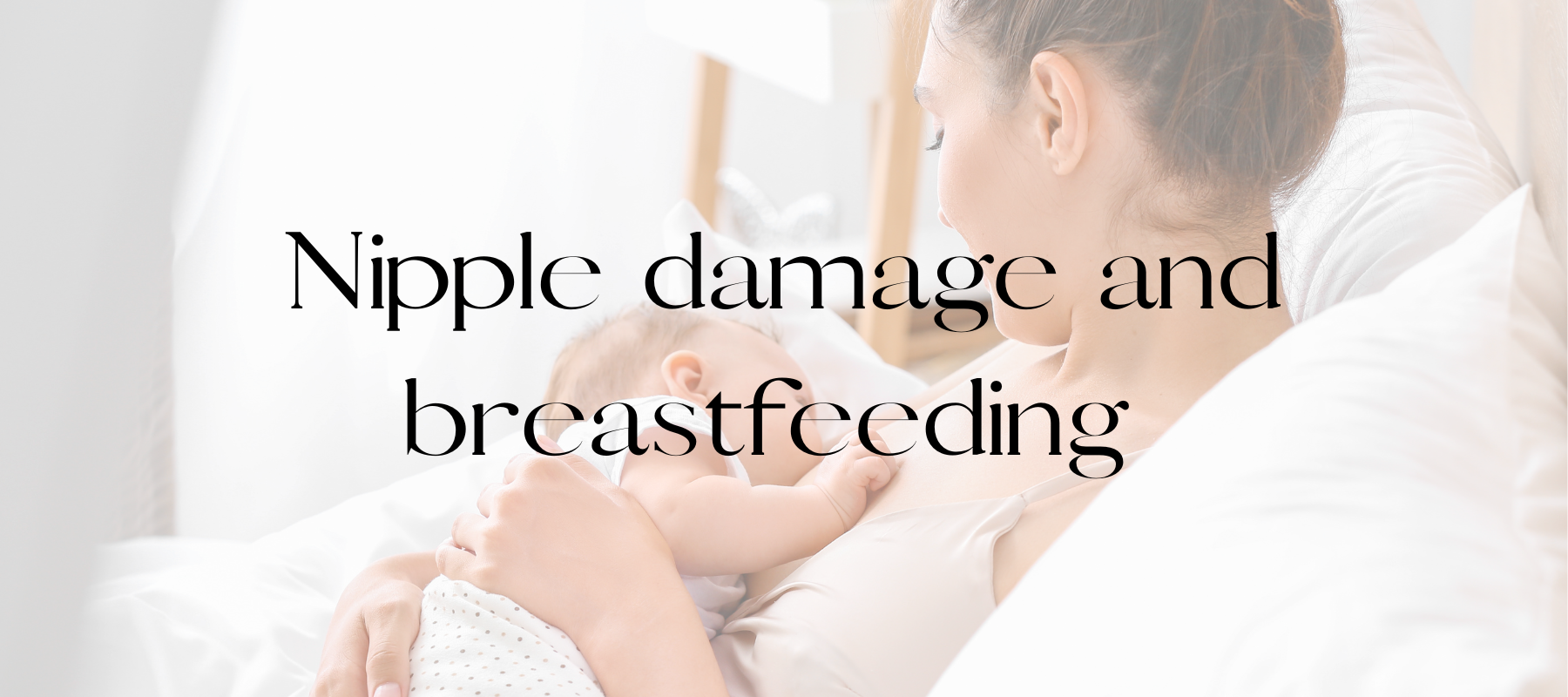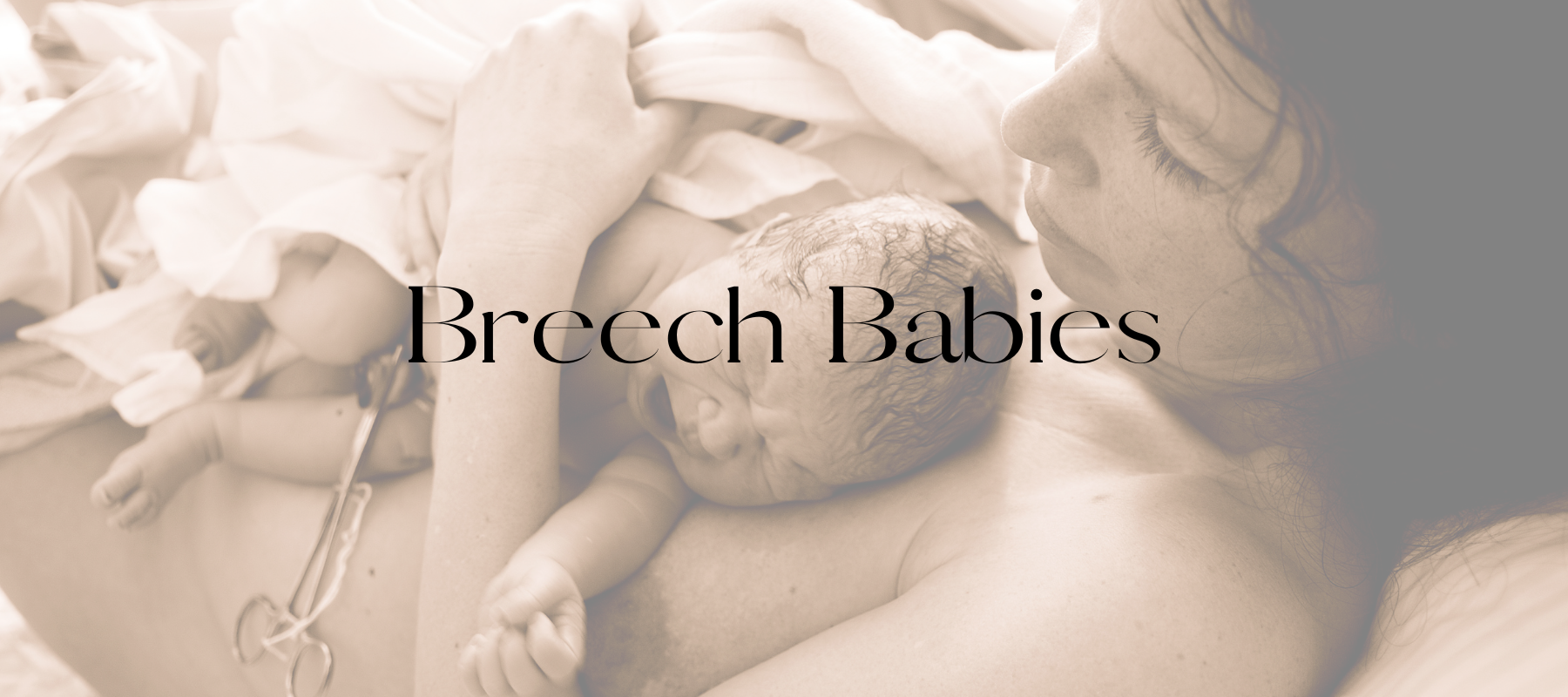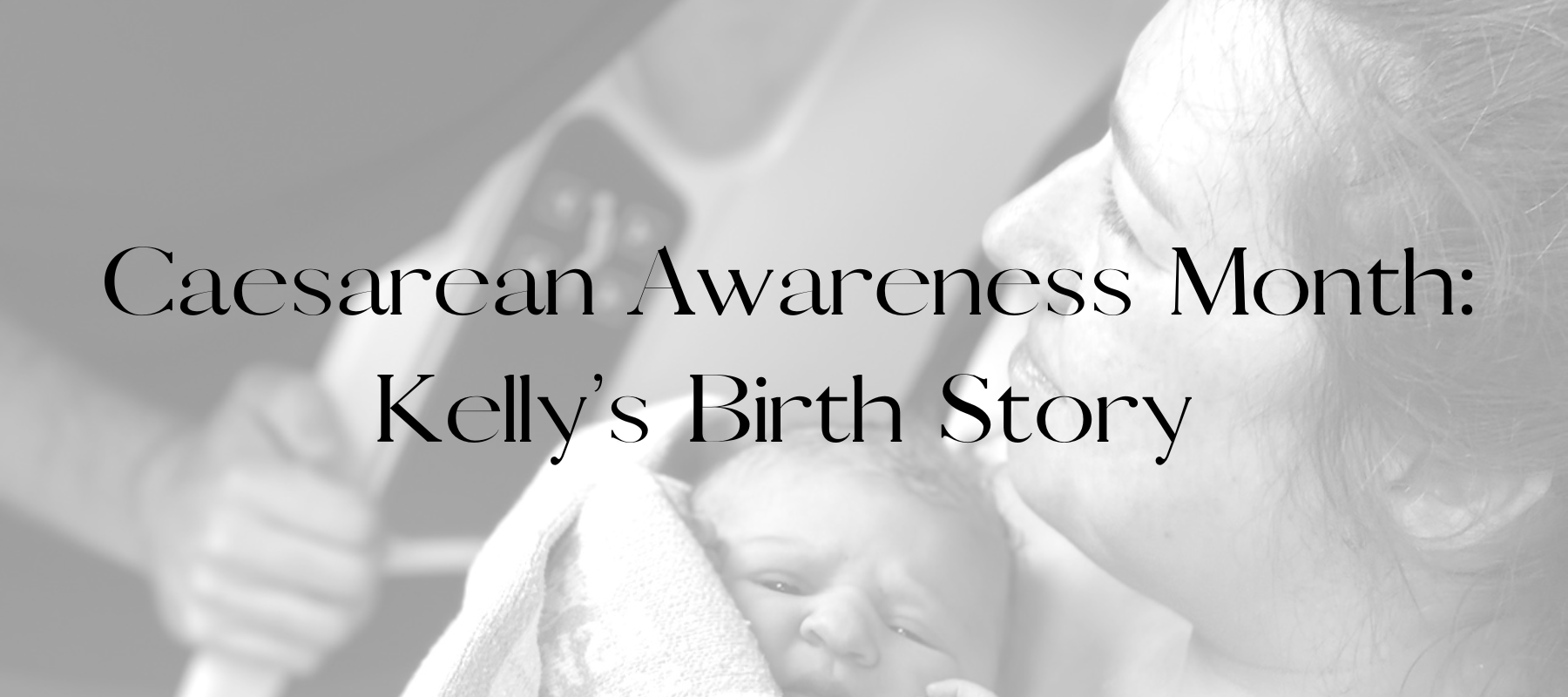Experiencing nipple pain and damage during breastfeeding can present unexpected challenges for parents. These challenges may persist due to the misconception that breastfeeding is oftentimes painful. It’s essential to dispel this myth and understand that enduring nipple pain during breastfeeding is not typical. Let’s look at the causes, symptoms, types of damage, and effective strategies for managing and preventing discomfort.
What is Nipple Pain and Damage?
Nipple pain and damage, in the context of breastfeeding, refers to the discomfort, soreness, or injuries experienced in the delicate nipple area. Except for some initial sensitivity in the early days, prolonged nipple pain is not a normal part of breastfeeding. It's crucial to address these issues promptly to ensure the continued success of breastfeeding.
What are the symptoms of nipple pain and damage?
- Soreness: A persistent, uncomfortable sensation during and after breastfeeding.
- Cracking or Bleeding: Visible wounds or blood on the nipple surface, indicating potential damage.
- Blistering: The formation of blisters on the nipple or areola, adding another layer of complexity to the issue.
- Itching or Burning Sensation: Unpleasant sensations indicating potential damage, requiring careful attention.
What are the types of nipple damage associated with breastfeeding?
- Cracked Nipples: Recognised by fissures or openings in nipple skin, which may also manifest as dry, flaky, or scabbed skin. This form of nipple damage varies from surface-level cracks to more substantial, painful openings.
- Blebs or Blisters: These are fluid-filled bumps on the nipple surface, often causing localized discomfort. A milk bleb happens when a nipple pore gets blocked by skin or hardened breast milk, causing a backup of milk. Common in breastfeeding individuals, it restricts milk flow and can lead to clogged ducts or mastitis, a breast infection. Identifying and addressing blebs promptly is essential to prevent further complications.
- Vasospasm: When vasospasm occurs, the blood vessels in the nipple tighten, restricting blood flow temporarily. This constriction can result in sharp, throbbing, or shooting pain in the nipple, often triggered or intensified by exposure to cold temperatures or stress. The affected nipple may turn white or bluish during the vasospasm episode, and once the spasm subsides, the color typically returns to normal. If you are experiencing vasospasms, it's important to consult your healthcare provider to investigate potential underlying medical conditions.
- Latch-Related Damage: When baby has a shallow latch, meaning they don't take in enough breast tissue along with the nipple, it can result in increased pressure and compression on the nipple itself. This heightened pressure, especially if concentrated on a small area, can lead to trauma, soreness, and even cracks in the delicate skin.
- Thrush: Thrush, caused by Candida albicans overgrowth, can bring about nipple pain and damage during breastfeeding. Nipples may turn bright pink, and the areola might show redness, dryness, or flakiness. Transmissible between the baby and the mother, thrush spreads if the baby has oral thrush, identifiable by white patches in the mouth. Thrush on the nipples induces intense burning or stabbing pain during and after breastfeeding, making each session uncomfortable for both parent and baby. Prompt treatment is vital to alleviate symptoms and prevent complications.
- Medical Conditions: Certain skin conditions, such as eczema or dermatitis, can increase susceptibility to nipple pain and damage. The compromised skin barrier in eczema or dermatitis can lead to cracks or fissures in the nipple tissue. These openings make the nipples more susceptible to bleeding, especially during breastfeeding when the baby's latch and suction can put additional strain on the already compromised skin.
How can you relieve nipple pain and damage?
- Correcting Latch: Ensuring the baby latches deeply and effectively to prevent further damage is a primary focus of treatment. If you continue to struggle with latching even after ensuring proper positioning, consult with your lactation consultant or healthcare provider to rule out any anatomical issues.
- Nipple Care: Replace breast pads frequently and avoid using pads that keep moisture against the skin to prevent dryness and cracking. Excessive moisture can promote the growth of infection-causing bacteria and fungus. Avoid excessive cleansing with soap or alcohol-based products, as it can dry and compromise skin integrity.
- Warm Compresses: Applying a warm compress can help alleviate pain by relaxing vessels, especially in cases like vasospasm, which could contribute to nipple pain or damage. Warm compresses also assist in treating milk blebs by enhancing blood flow and softening the skin around the affected area. This process helps alleviate the blockage at the nipple pore, aiding in the release of trapped milk and resolving the bleb.
- Expressing Milk: If latching is too painful, expressing milk with a pump can maintain your milk supply while giving the nipples time to heal.
- Alternate Breast Positions: Changing nursing positions can prevent constant pressure on one area, reducing the risk of damage.
- Frequent Feeding: Avoiding engorgement by nursing frequently helps maintain healthy breastfeeding dynamics.
- Hydration and Nutrition: Adequate hydration and a balanced diet support skin health, reducing susceptibility to damage.
- Over-the-counter Pain Relief: Non-prescription pain relievers may be recommended by healthcare providers to manage pain during the healing process.
- Medications: For cases where nipple pain or damage is associated with an infection or medical condition, treatment may necessitate antibiotics or steroids. If there are signs or suspicions of infection, consulting with your healthcare provider is essential for appropriate guidance and intervention.
While nipple pain and damage may present challenges, proactive measures, education, and timely interventions can empower parents to navigate these hurdles successfully. Seeking support from lactation consultants, healthcare providers, and breastfeeding communities ensures that parents can overcome these challenges and continue to provide their babies with the nourishment and comfort they need. Remember, you're not alone on this breastfeeding journey, and support is readily available to guide you every step of the way.
What are the stages of nipple damage?

Stage I:
Characterised by a red, painful nipple upon contact. Treatment involves assessing the baby's attachment and oral structure.
Stage II:
Characterised by grazes with vesicles, blisters, or phylyctenas, compromising the epidermis. Treatment includes assessing attachment, cleansing the nipples with water and a neutral soap, and avoiding lanolin-based creams.
Stage III:
Involves an open wound with dermal involvement. Treatment includes infant latch assessment, wound cleansing, and avoiding lanolin-based creams. Infections should be ruled out if there is no improvement after a week of treatment.
Stage IV:
Involves underlying tissue damage. Treatment includes assessing the baby's latch, wound cleansing, and potential antibiotic treatment after a milk culture is taken to identify any bacterial infections.
Resources:
ABM Clinical Protocol # 30: Breast Masses, Breast Complaints, and Diagnostic Breast Imaging in the Lactating Woman. Breastfeeding Medicine. (n.d.). https://www.bfmed.org/assets/DOCUMENTS/PROTOCOLS/Protocol%20%2330%20-%20English%20Translation.pdf
ABM Clinical Protocol #26: Persistent pain with breastfeeding. (n.d.). https://abm.memberclicks.net/assets/DOCUMENTS/PROTOCOLS/26-persistent-pain-protocol-english.pdf
Breastfeeding with sore nipples. La Leche League International. (2023, April 17). https://llli.org/breastfeeding-info/breastfeeding-sore-nipples/
Department of Health & Human Services. (2000, June 1). Breastfeeding – mastitis and other nipple and breast problems. Better Health Channel. https://www.betterhealth.vic.gov.au/health/healthyliving/breastfeeding-mastitis-and-other-nipple-and-breast-problems
Douglas, P. (2022). Re-thinking lactation-related nipple pain and damage. Women’s health (London, England). https://www.ncbi.nlm.nih.gov/pmc/articles/PMC8966064/
First aid for sore nipples. First aid for sore nipples | Australian Breastfeeding Association. (n.d.). https://www.breastfeeding.asn.au/resources/first-aid-sore-nipples



